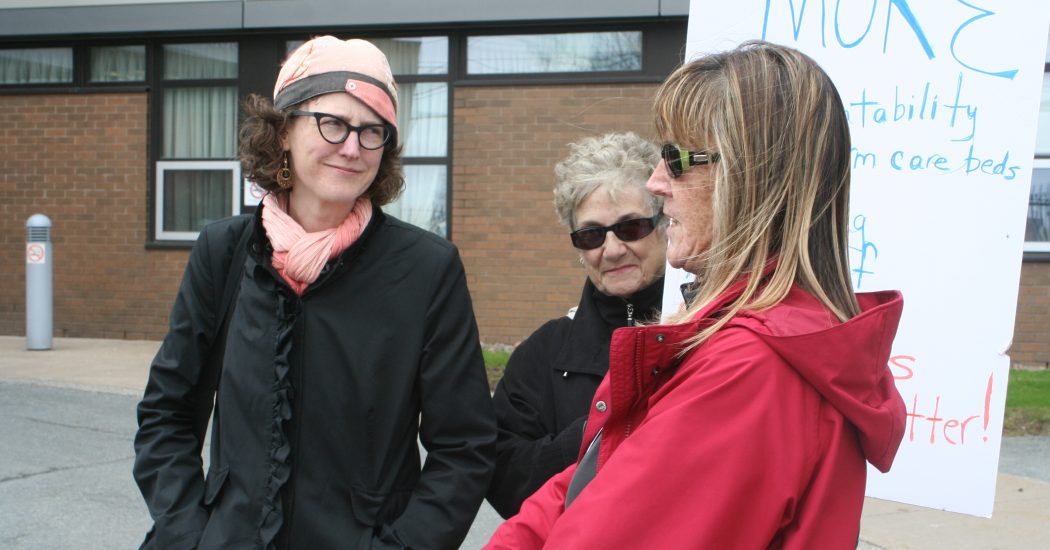
KJIPUKTUK (Halifax) – The Nova Scotia NDP is calling for a first right of refusal policy for residential housing units being sold in the province.
Loosely based on a similar policy in Montreal, the measure would allow the province to purchase properties after the seller has listed it for purchase.
The NDP proposal is driven by the urgent need to increase the non-market housing stock and protect tenants of these buildings, Lisa Roberts, the NDP’s housing critic, tells the Nova Scotia Advocate.
“Acquiring buildings that already are built, and preventing them from being lost as affordable rentals is an important strategy to ensure that we don’t lose affordable housing, and to actually add to the social market sector of our housing market, which is far too small,” says Roberts.
Exercising this right of first refusal is not to be confused with expropriation, as it only applies to properties that are already on the market and have an interested buyer. The province would acquire that property at the same price as was already agreed upon.
“I could walk around my constituency, and put stickers on different buildings where I know people’s rents so far have not gone up a lot. Every one of those tenants is vulnerable because if those buildings switch hands in this market, with the absence of rent control, I know that their rents are going to go up in a way that is completely unsustainable for people on fixed incomes, people on pensions,” says Roberts.
Some of the properties the province would acquire this way could be managed by nonprofits, Roberts suggests.
“There have been a number of situations in the Halifax area recently where nonprofit organizations were interested in properties, but they couldn’t line up the financing fast enough, and those properties were lost. Government could actually back up the nonprofit sector by holding the property temporarily, so that it can then be turned over to a nonprofit housing provider in order to provide permanent affordable housing,” says Roberts.
Other properties would be added to the existing social housing stock managed by the Province.
“We have to commit to actual additional units of affordable housing, and we can’t build fast enough to add the units that we need. Acquiring buildings that already are built, and preventing them from being lost as affordable rentals is an important strategy,” Roberts says.
That same strategy could also apply to rooming houses, a crucial type of affordable housing, Roberts suggests. In 1995 there were 156 rooming houses in Halifax and Dartmouth. In 2016 there were fewer than 20 left. Roberts points to the acquisition of a rooming house in the Parkdale community by the City of Toronto as an example.
The rental market in Halifax and elsewhere in Nova Scotia is extremely tight and rents are very high.
2016 census figures show that 53,000 Nova Scotians spend more on rent than they can afford. That’s 43 percent of all Nova Scotians who rent. That conclusion is based on a frequently used standard that defines affordable housing as housing and utilities that cost no more than 30 percent of a person’s annual income.
It gets worse. 24,000 Nova Scotians, or one in five people who rent, spend more than 50 percent of their annual income on rent.
The government’s approach has been to provide rent subsidies, but that can only be a stopgap measure without rent control and a concerted effort to increase the social housing supply, Roberts argues.
See aso: NDP proposes much needed legislation to support renters
With a special thanks to our generous donors who make publication of the Nova Scotia Advocate possible.
Subscribe to the Nova Scotia Advocate weekly digest and never miss an article again. It’s free!



